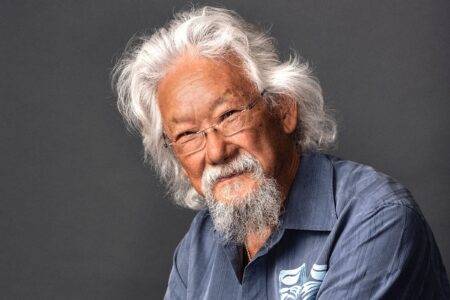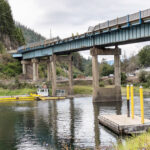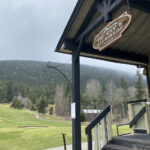Nicaraguan-style permaculture at the Grand Forks library
Sarah Orlowski presented permaculture techniques at the Grand Forks and District Public Library, May 9. Orlowski shared slides from her trip to Nicaragua where she lived on Ometepe Island and studied permaculture a year ago.
Throughout the presentation she showed pictures of a variety of plants and how they were used in permaculture. She gave one example of the mango trees and how they were used in this type of agriculture. The mango trees on the property had several functions including providing food and stabilizing the slopes where they were planted.
“One of the ideas of permaculture is multifunction. So before something gets planted or built or anything gets done you are trying to stack functions,” said Orlowski, adding that ideally all elements will have three uses.
Stacking functions is a key part of planning a garden or agricultural property but it isn’t limited to the flora and fauna. Even the toilets and showers have multiple uses. Where Orlowski stayed, the showers are located close to the fruit trees so the runoff provides extra water. All the toilets are composting with separate pots for urine and defecation. Men were encouraged to urinate on trees. This adds nitrogen to the soil and increases its health.
This was evident with two banana trees that grew on the property, said Orlowski. They were planted at the same time but one was by the house so the men peed on it every morning. That one was significantly bigger than the other.
Even the water cistern has several purposes. It is used to collect and store water during the hottest driest weather but it is also used as a swimming hole.
Permaculture planning also includes laying out different zones around the home. The first zone includes elements that need a lot of attention or are used regularly. For example, plants that need daily weeding and watering or kitchen herbs should be close to the home so they are easily tended. Other plants that are only harvested once or twice a year might be in zone three or four.
Another way plants can contribute to the garden is by adding nutrients. Some are good at pulling nutrients out of the soil while others put them back in. Nitrogen fixing plants have nods on the roots that pull nitrogen out of the air and put it back in the soil. This is key in building nutrient-rich, productive soil.
These nitrogen fixers work with other plants to help them flourish.
“Nature has a reason for everything which is nice,” said Orlowski.
Throughout the presentation Orlowski told stories about her experiences in Nicaragua and the people that she met. The entire presentation can be seen in the attached video.
Orlowski will be teaching a course on permaculture at the Johnson Landing Retreat starting June 3.





















